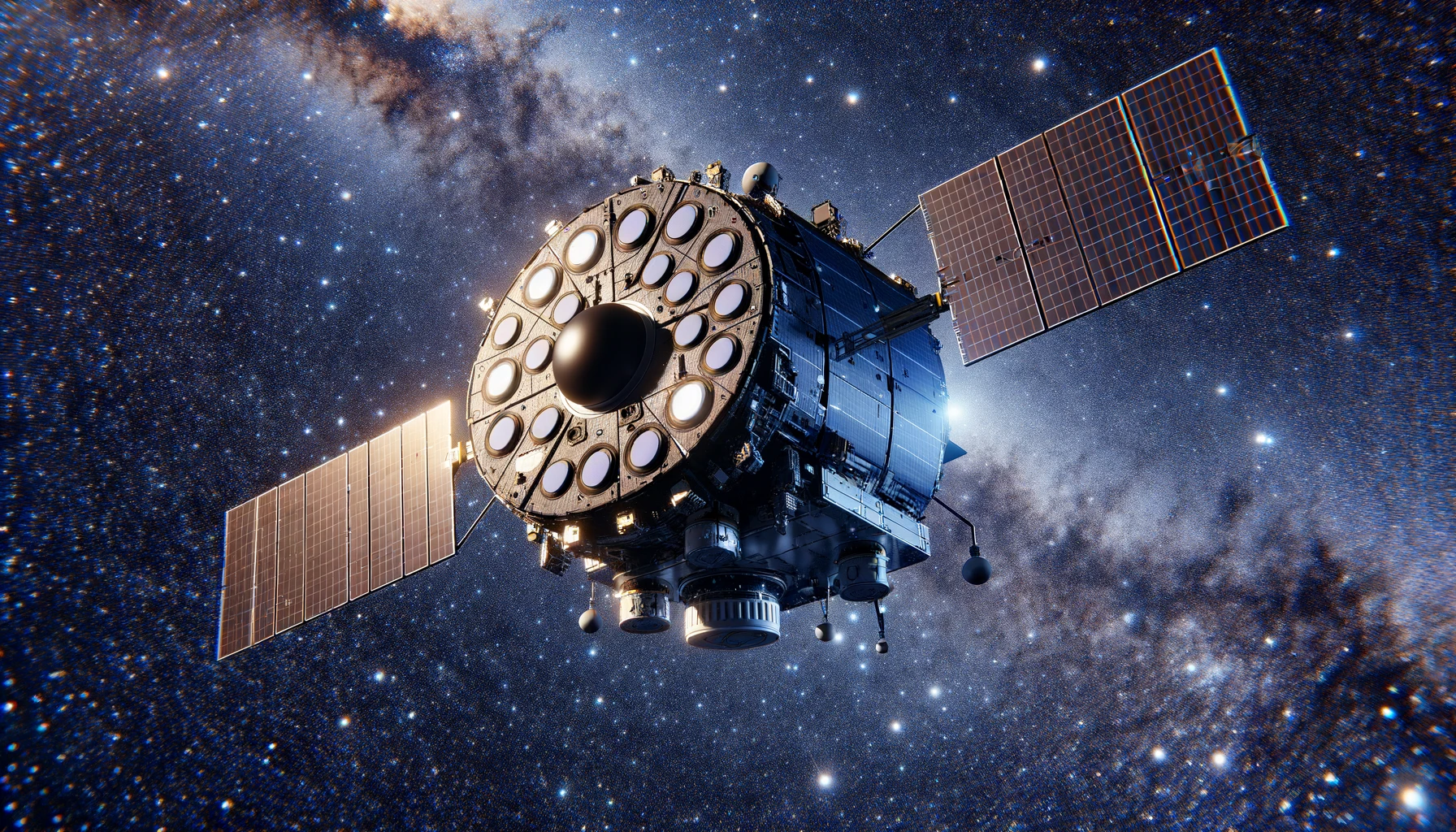Technicians are overseeing crucial preparations for the upcoming launch of NOAA’s latest satellite, GOES-U, set to enhance weather forecasting and solar observation capabilities. Media representatives have been invited to witness final adjustments and engage with experts at the Astrotech Space Operations Facility. The event will not only provide a closer look at the satellite but also highlight its advanced technologies.
Earlier information about the GOES series highlighted its crucial role in improving weather prediction and environmental monitoring. The previous launches of GOES-R, GOES-S, and GOES-T have already demonstrated significant advancements in Earth and space weather observation, providing critical data for meteorologists and researchers. The GOES series has consistently shown its value in disaster response and environmental protection, reinforcing the importance of the GOES-U launch.
Recent discussions around the GOES program have also emphasized the collaborative efforts between NASA and NOAA in developing these satellites. Historical data reveals that each launch has brought incremental improvements in technology and data accuracy. As the final satellite in the series, GOES-U is expected to build on these foundations and introduce new capabilities, particularly with its compact coronagraph for solar observations.
Event Details
NASA announced a media availability event on June 6, offering a unique opportunity to photograph the GOES-U satellite and interact with subject-matter experts. This event will take place at the Astrotech Space Operations payload processing facility in Titusville, Florida. Media participants must adhere to specific cleanroom guidelines to ensure spacecraft cleanliness.
Advanced Features
GOES-U represents the final installment in the GOES-R series, promising to extend weather observations and solar monitoring capabilities into the 2030s. Equipped with a compact coronagraph, the satellite will provide vital data on coronal mass ejections, enhancing our understanding of solar activity and its impacts on Earth. This new instrument is expected to improve the accuracy of space weather forecasts and preparedness.
User Insights
NASA and NOAA have highlighted the utility of the GOES-R series in enhancing public safety and economic health:
- GOES-U will continue providing high-resolution images of Earth’s weather and environment.
- The compact coronagraph will offer new insights into solar activity, crucial for space weather prediction.
- Enhanced monitoring capabilities will support better disaster response and environmental protection.
The GOES-U satellite, as the concluding satellite in the GOES-R series, serves as a testament to the ongoing collaboration between NASA and NOAA in advancing weather observation and solar monitoring technologies. With its launch scheduled for June 25 on a SpaceX Falcon Heavy rocket, this mission underscores the importance of continued innovation and technological advancements in environmental monitoring. The upcoming GeoXO program promises to build on the successes of the GOES series, offering even more advanced capabilities to address emerging environmental challenges and enhance forecasting accuracy. These developments are crucial for improving public safety, disaster response, and our overall understanding of Earth’s climate dynamics.










